This post may contain affiliate links which means I will get a commission if you make a purchase at no additional cost to you. As an Amazon Associate I earn from qualifying purchases. Please read my disclosure for details.
Nonstick pans are one of the great modern conveniences in the kitchen, the kind of tool that makes breakfast cleanup bearable and stir fry feel like less of a commitment. But even the best nonstick cookware has a fragile side.
Its smooth coating might seem indestructible at first, but over time, it begins to flake, scratch, or lose its magic altogether. What many people do not realize is that the damage is often self-inflicted, the result of small daily habits that seem harmless but quietly undermine the pan’s performance.
Using High Heat
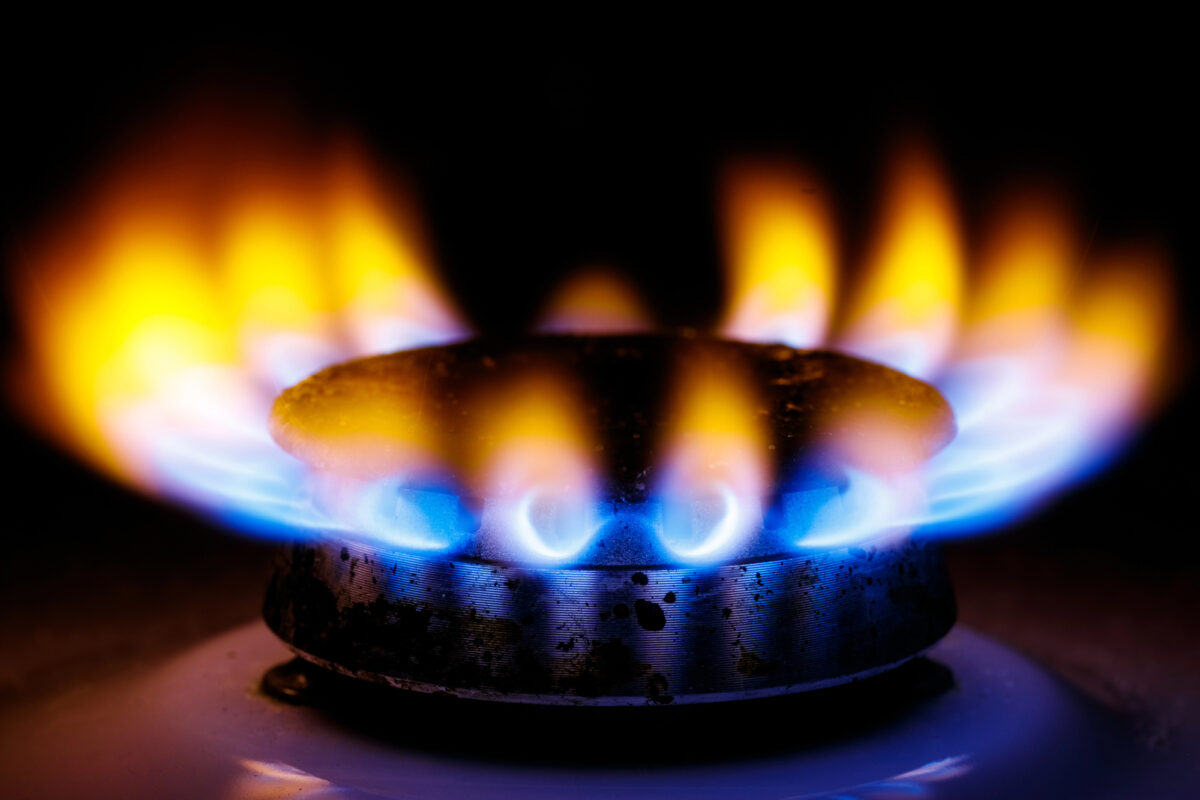
WANT TO SAVE THIS RECIPE?
Blasting your pan on high heat may speed up your cooking, but it breaks down the coating faster than anything. Nonstick surfaces are designed for low to medium heat, and anything hotter can warp the pan or release fumes. Patience in cooking preserves both flavor and your pan’s lifespan.
Preheating an Empty Pan
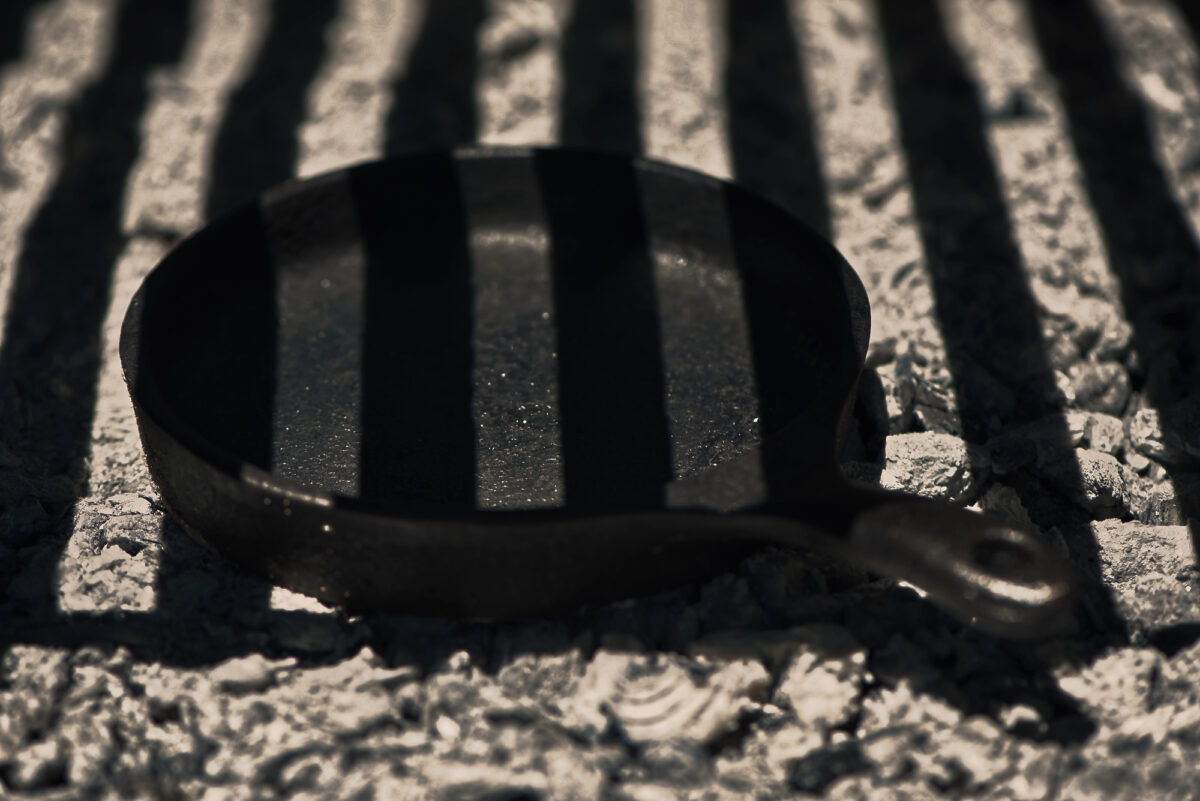
Heating an empty nonstick pan can cause it to overheat in seconds, damaging the surface and releasing unwanted compounds. Always add a little oil or food before turning on the burner. This small habit creates a buffer and protects the coating.
Cooking with Metal Utensils
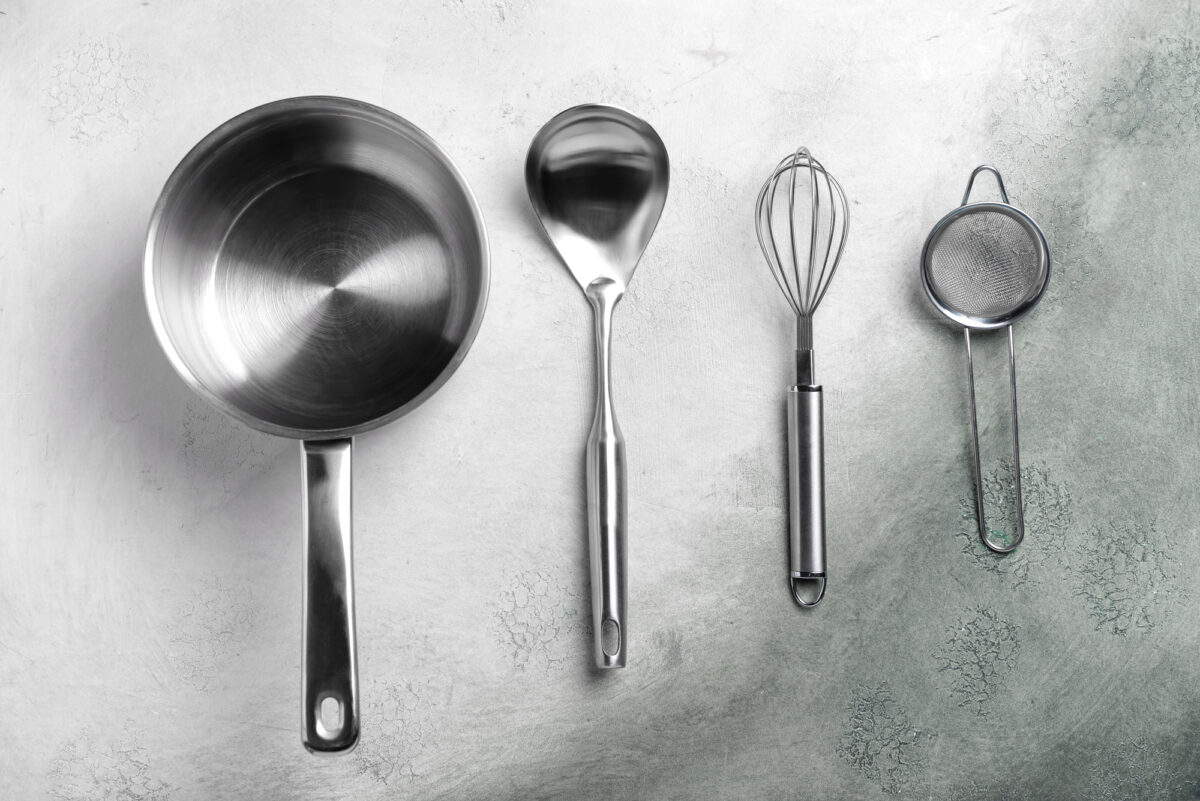
Metal spatulas, spoons, or tongs can scratch and gouge nonstick surfaces with even light use. Opt for silicone, wood, or plastic tools instead. These materials glide without leaving permanent scars that ruin the pan’s smoothness.
Washing with Abrasive Pads
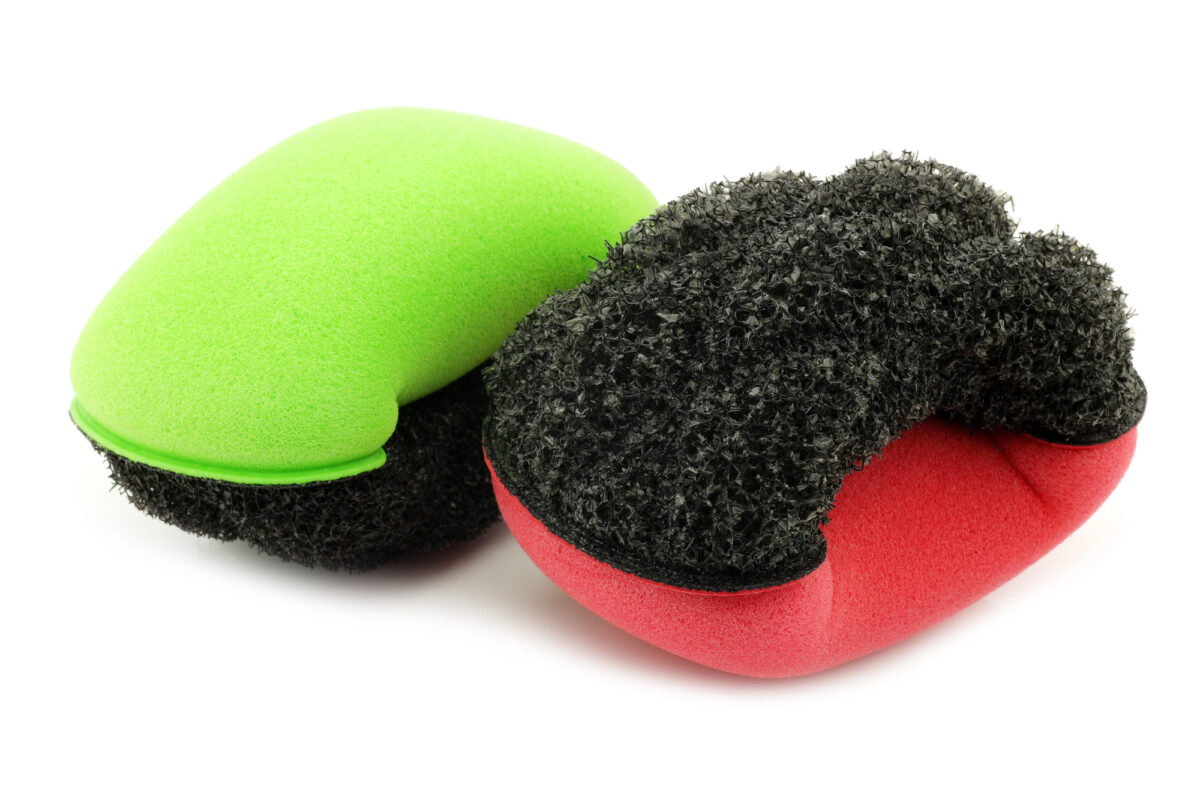
Scrubbing with steel wool or rough scouring pads wears down the coating with every swipe. Instead, soak your pan if food is stuck and use a soft sponge with mild soap. Gentle care is the secret to a long life for nonstick cookware.
Putting it in the Dishwasher
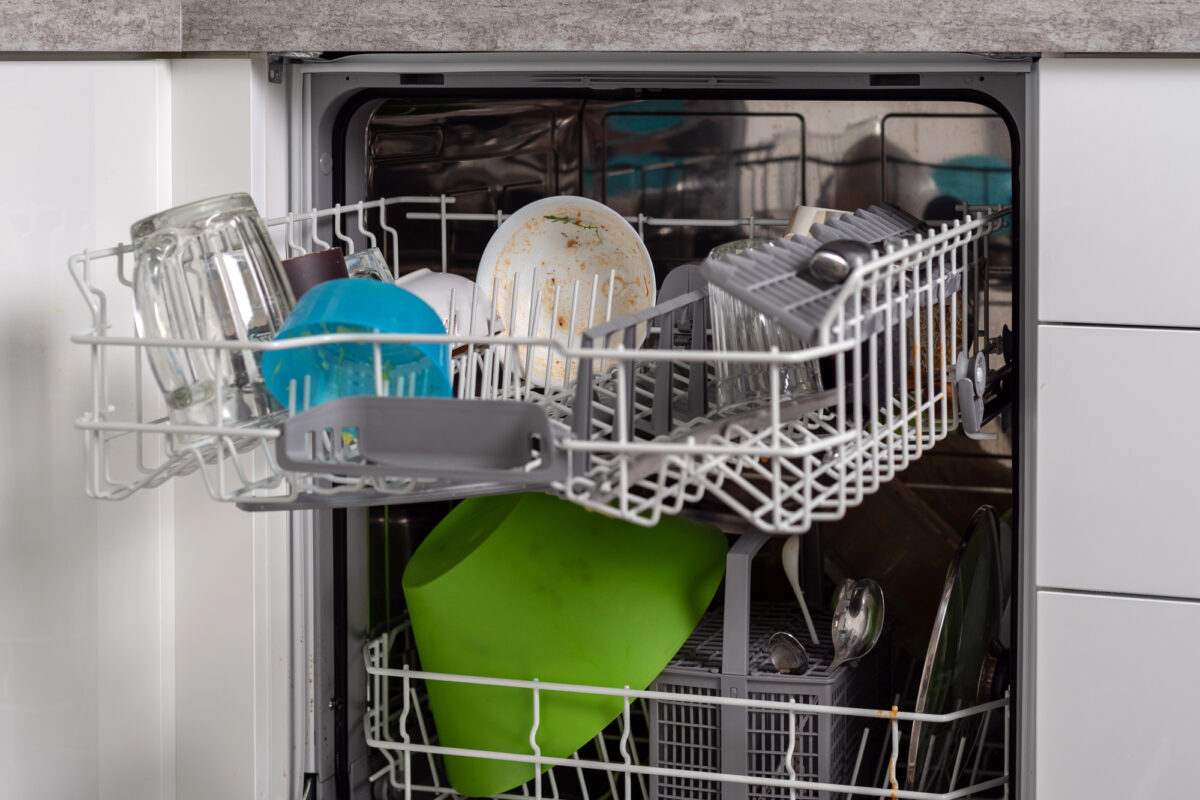
While some pans say they are dishwasher safe, repeated exposure to strong detergents and high water pressure can erode the surface. Washing by hand only takes a moment and adds years to your pan’s usefulness. A little effort goes a long way.
Storing Pans Stacked
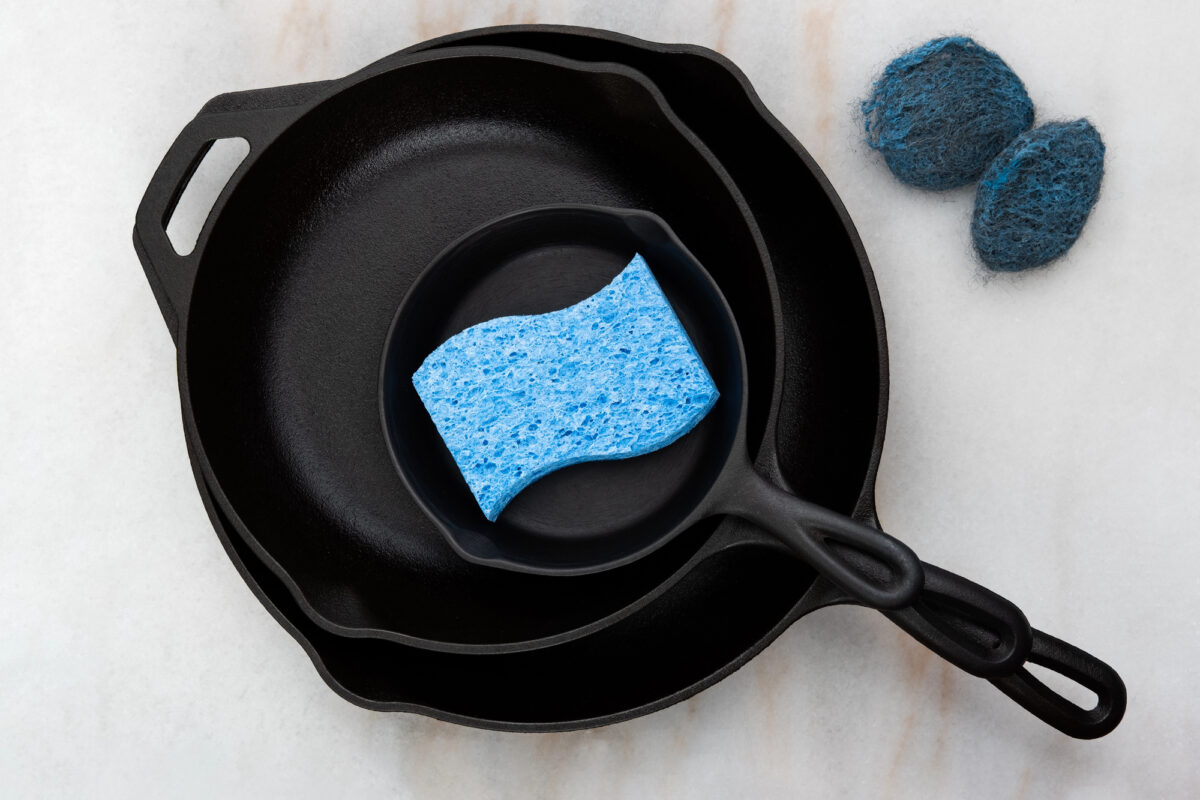
Stacking pans without protection causes the surfaces to rub and scratch, especially when you’re grabbing them in a hurry. Place a paper towel or cloth between each one to create a soft buffer. This tiny step can prevent long-term damage.
Related post: 13 Star Wars Inspired Dishes You Can Only Find In These American States
Using Cooking Sprays
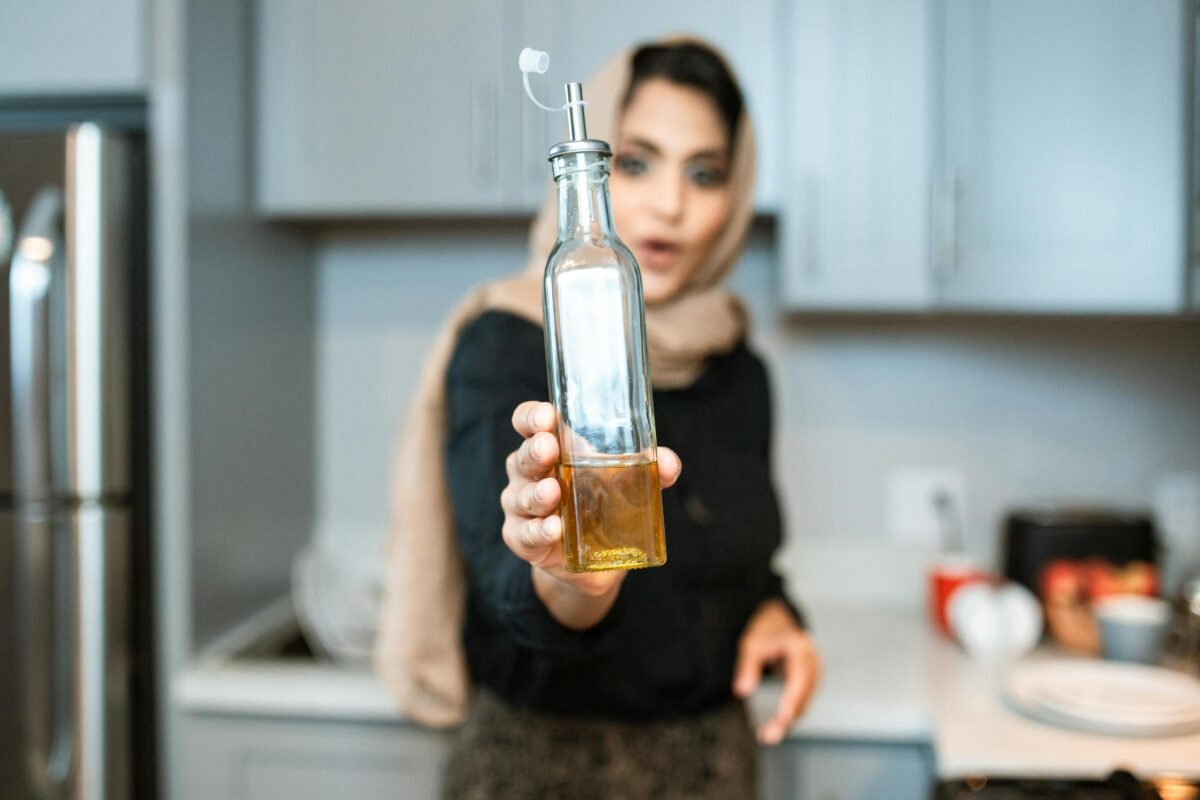
Aerosol sprays may seem harmless, but they build up a residue that is nearly impossible to remove and reduces nonstick performance. Use a dab of oil or butter instead. It is a better option for the pan and the flavor of your food.
Related Post: 11 Star Wars Day Menus That Turned Ordinary Diners Into Galactic Icons
Not Letting it Cool Before Cleaning
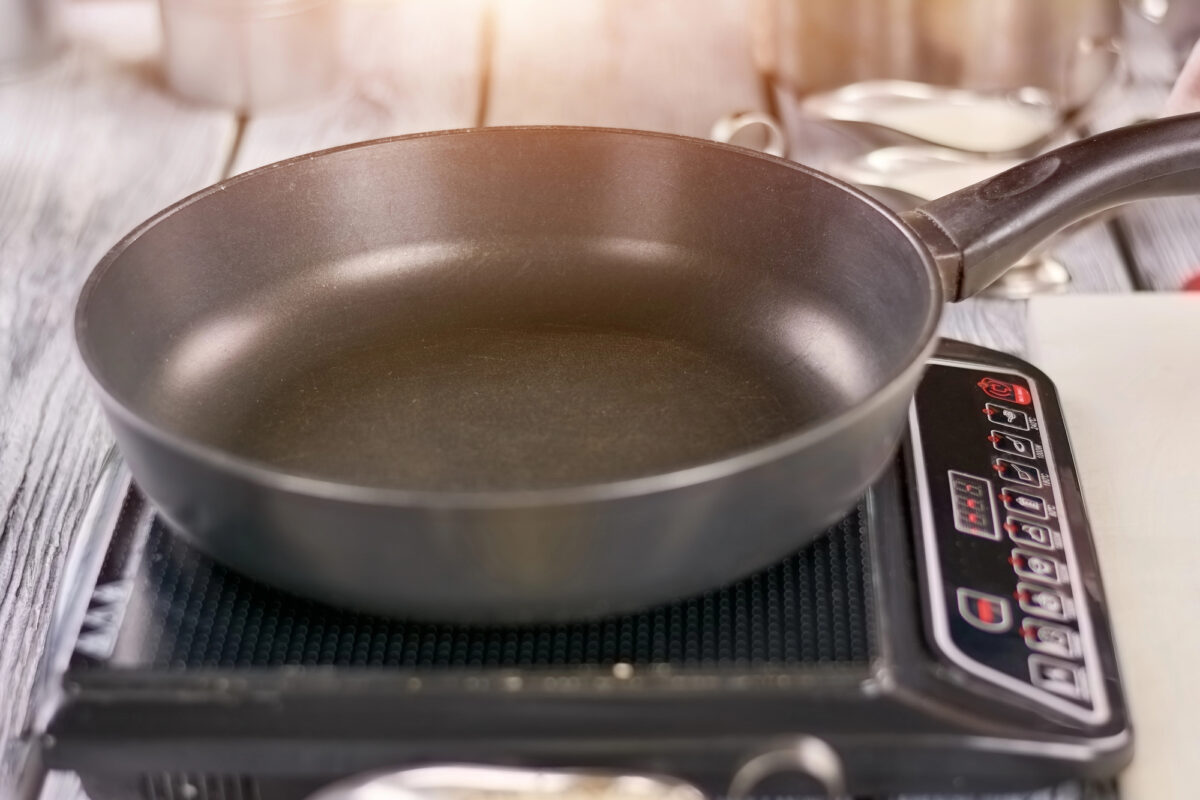
Running cold water over a hot pan causes thermal shock, which can warp the shape and loosen the coating. Let the pan cool before washing to keep its structure and surface intact. A little patience makes all the difference.
Related Post: 25 Recipes for Dinner That’ll Impress Anyone—Even on a Budget
Cooking Acidic Foods Too Often

Tomatoes, vinegar, and citrus can slowly degrade the nonstick surface when cooked frequently or for long periods. Try using stainless steel or ceramic pans for acidic recipes. Reserving your nonstick for gentler tasks extends its life.
Related Post: 25 Quick Food Ideas So Simple, You’ll Never Stress About Meals Again
Ignoring Manufacturer Instructions
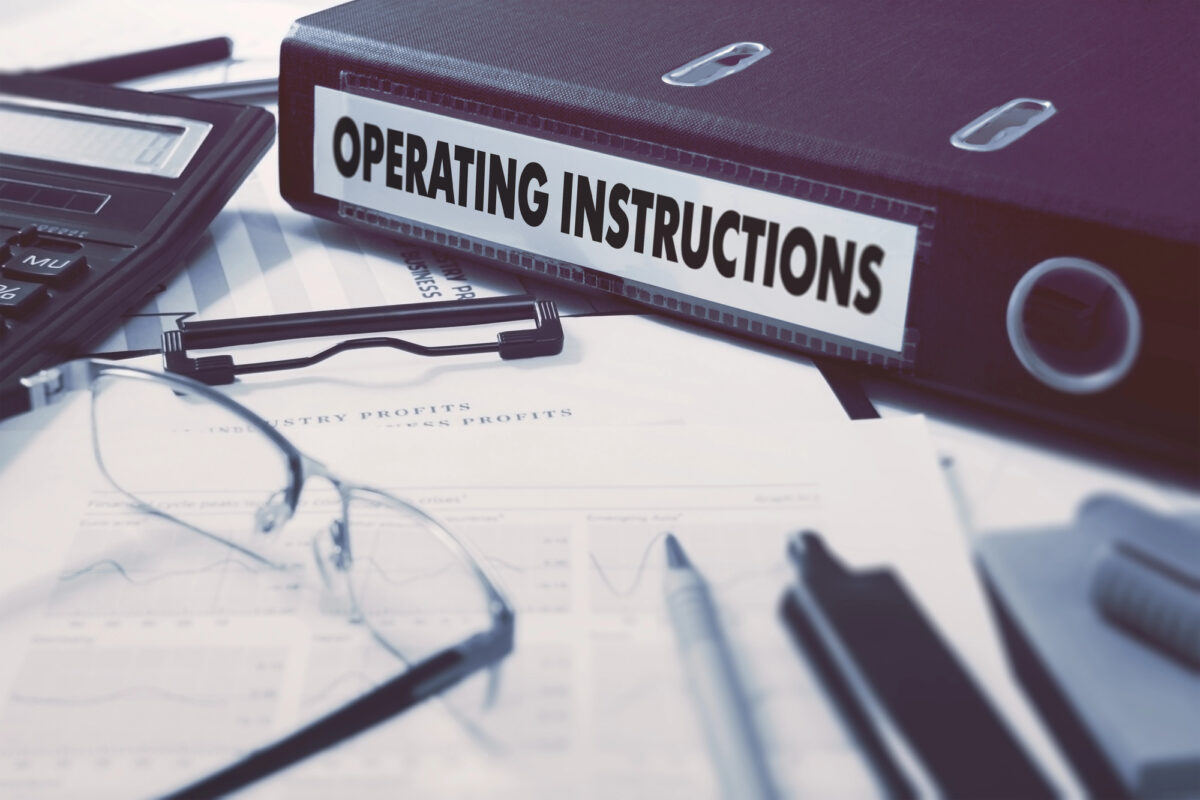
Each brand has its quirks, and overlooking care instructions can lead to premature wear. Take a minute to read the label or packaging that came with your pan. Those guidelines often include tips that make everyday use easier and smarter.
Related Post: 12 Grocery Shops In California That Should Be Way More Famous
Using it Long After it’s Worn Out
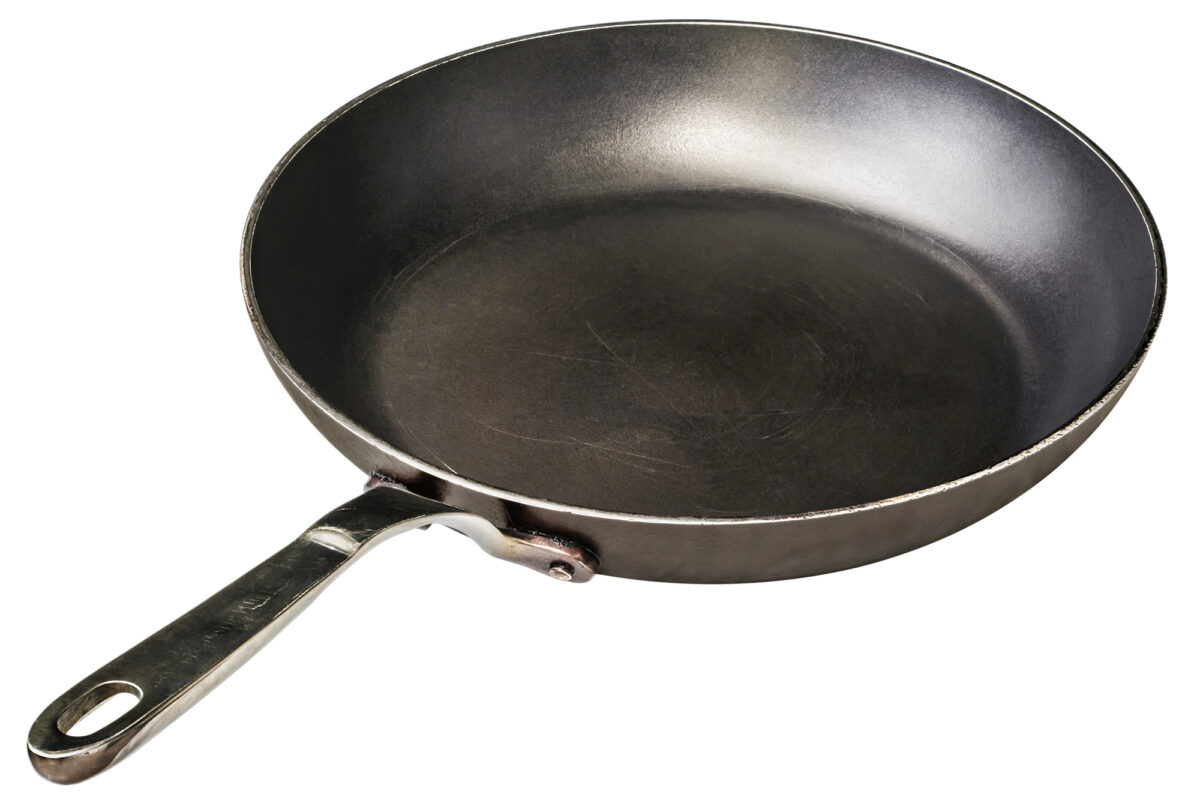
If the surface is peeling or the pan is scratched beyond repair, it is time to replace it. Continuing to cook with a damaged nonstick pan can affect food safety and texture. Knowing when to let go is part of good kitchen stewardship.
Related Post: 10 Pennsylvania Food Joints That Outsiders Don’t Appreciate Until They Visit
Sign up now to receive our exclusive e-cookbook filled with top-rated recipes for FREE!
Heating the Handle Over an Open Flame
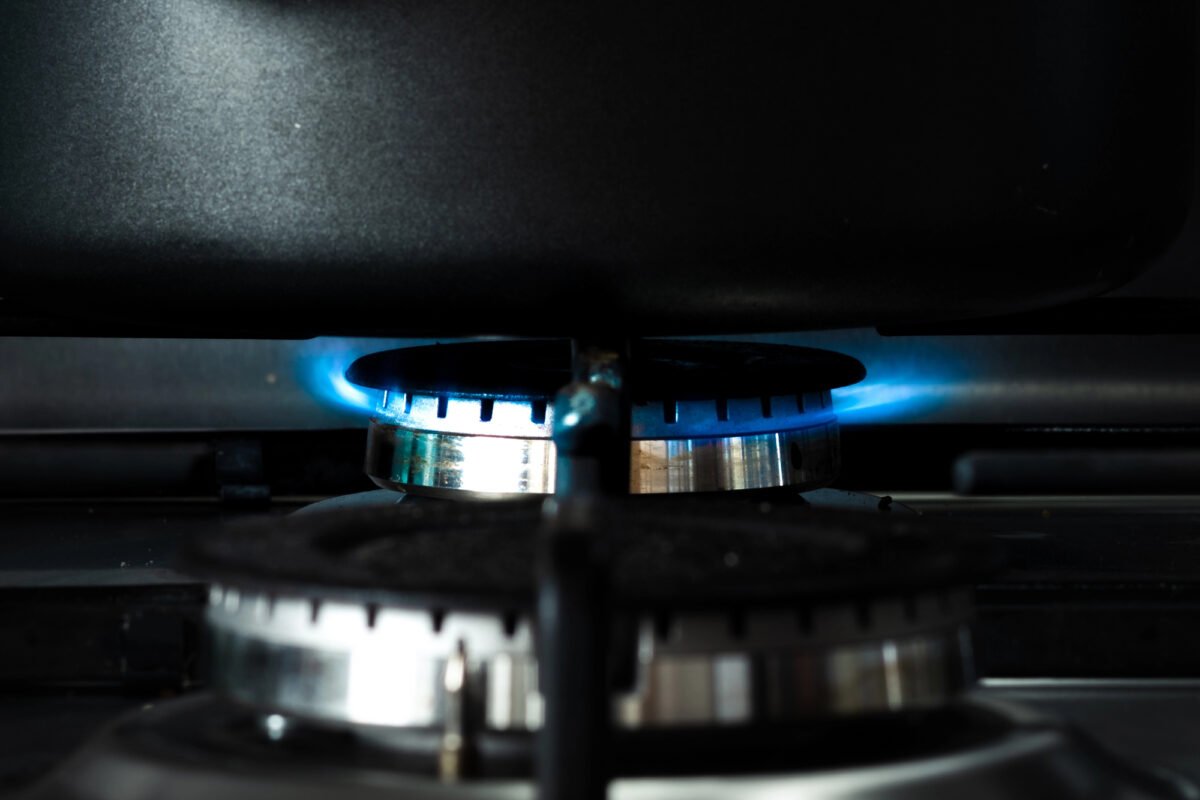
If your nonstick pan has a plastic or rubber handle, make sure it is not placed over a burner. This weakens the handle and may melt it slowly over time. A quick adjustment of position saves you from an unexpected kitchen mishap.
Related Post: 10 American Restaurants That Are Defying The Traditional Dining Experience
Nonstick pans were made to make life simpler, but they ask for mindful use in return. These small everyday habits, once corrected, can restore your pans to peak condition and keep them there longer. Cooking well is not just about ingredients and timing. It is also about treating your tools with the respect they deserve. When you do, they will serve you well for years to come.
Disclaimer: This list is solely the author’s opinion based on research and publicly available information.
Are You Guilty of These Terrible Kitchen Habits?
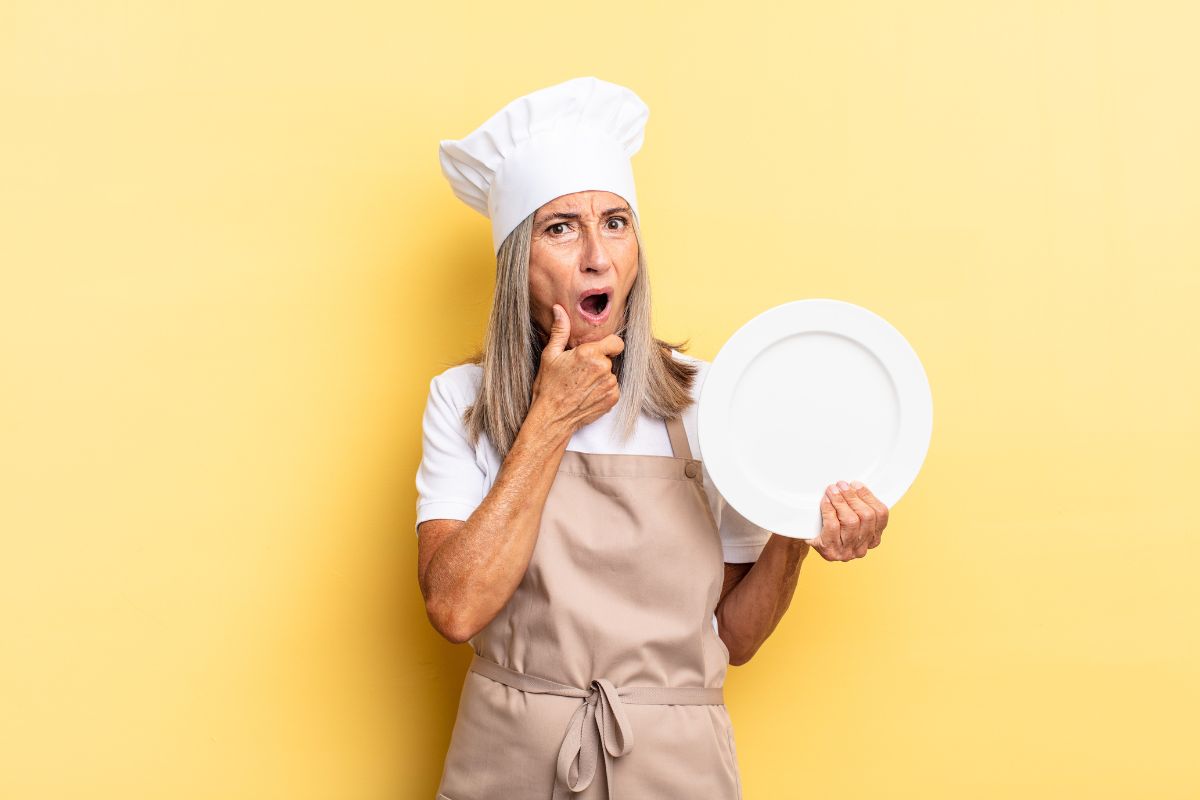
As we age, maintaining safe and efficient kitchen habits becomes even more critical. Cooking can be a joyful, therapeutic activity, but certain bad habits can put your health and safety at risk—or simply make your culinary life harder than it needs to be.
Whether you’re an experienced home cook or just love preparing your favorite comfort foods, here are 13 terrible kitchen habits you should avoid to ensure a safer, healthier, and more enjoyable cooking experience.
Read it here: Are You Guilty of These Terrible Kitchen Habits?
How to Save $100+ Every Month at the Grocery Store

From planning your meals to avoiding sneaky upcharges in the snack aisle, here’s a realistic guide to trimming your food budget without adding stress to your week.
Read it here:Things Moms Waste Money On (and Don’t Even Know It)
Is Walmart+ Still Worth It in 2025? The Truth After 3 Years

Is the new Walmart Plus worth the annual fee or is it just another failed version of Amazon Prime? I spent my own money trying this service out for 12 months and counting. I have a lot to say about the benefits and drawbacks in this Walmart+ honest review.
Read it here: Is Walmart+ Worth It? Honest Review 3 Years Later!
You’ll love these related posts:
- 11 Greenest Grocery Markets In Oregon You’ll Wish Were National
- 11 Grocery Chains In Florida Tourists Don’t Know Exist
- 11 Jazz-Inspired Menus Across America That Foodies Are Flying In To Try
- 13 Farmers Market Hacks That Will Save You Money While Eating Fresh
- 11 Alaska Stores Where A Loaf Of Bread Costs More Than You Expect
